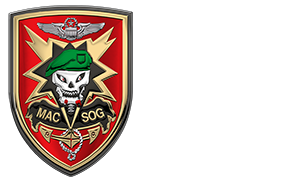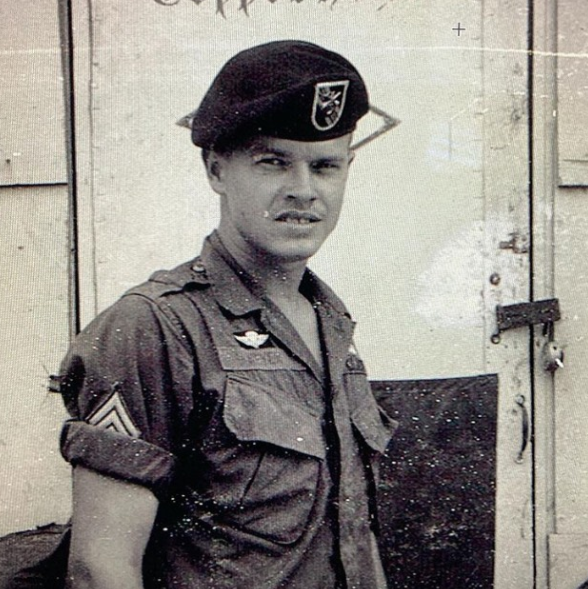by John Stryker Meyer:
By January 1, 1969 the deadly secret war across the fence in Laos, Cambodia and N. Vietnam was entering its fifth year. As it would turn out, 1968 was the year of highest American casualties in the war, as well as in the secret war run under the aegis of the Military Assistance Command Vietnam – Studies and Observations Group, or simply SOG.
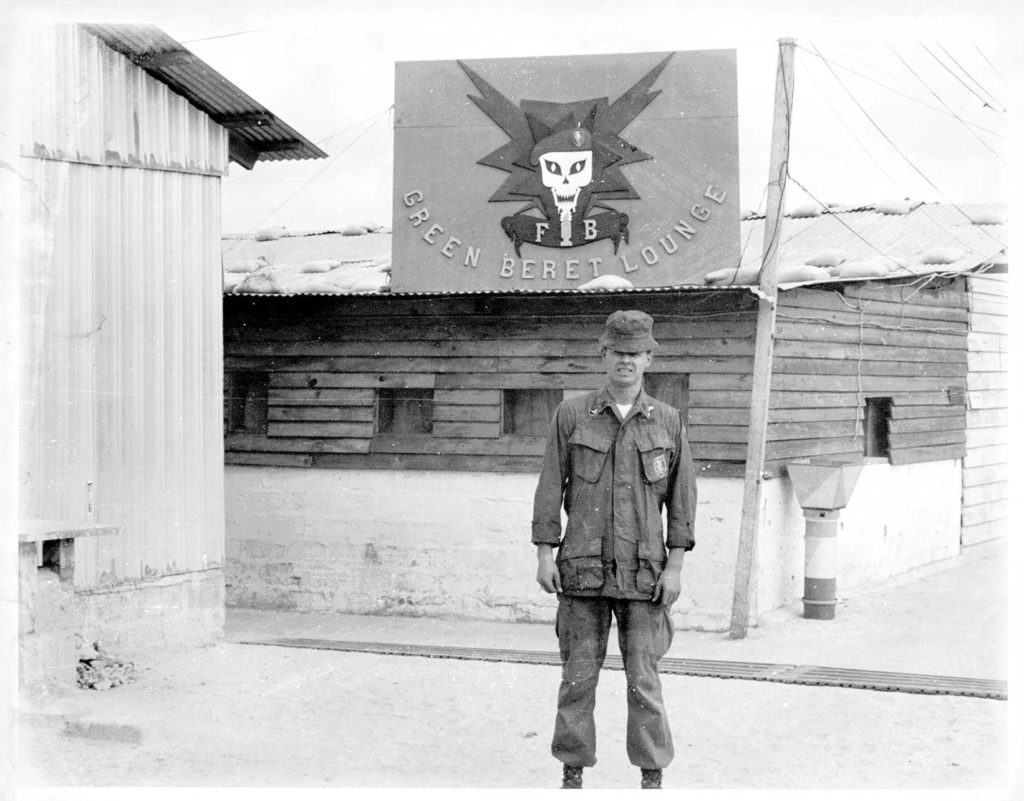
FOB-1 Green Beret Lounge
For the last few months, during any briefing, SOG recon team leaders were always briefed about intel reports of the communists forming highly trained sapper teams designed for one purpose: To hunt and kill SOG recon teams.
So, when New Year’s Eve 1968 rolled around, at the top secret SOG base camp at FOB 1 in Phu Bai, Camp Commander Maj. William Shelton ordered extra base security based on reports of a planned local VC or NVA attack that night. Months earlier, VC agents had placed markers on the roof of the lounge, which VC or NVA mortarmen could use as target guide-on. A day or two earlier, a Green Beret NCO had found a camp worker carefully counting his steps as he walked away from the clubhouse — a common practice for mortarmen or artillerymen to improve their accuracy against a proposed target.
That night in the Green Beret Lounge, as we prepared to ring in the New Year, the jukebox blared, the drinks flowed, the men played the slot machines, and the pot-limit poker stakes were high. But there was an edge to the evening’s festivities because of the intel reports and Shelton’s order to close it early, in case of enemy activity.
Before the club closed, the conversation around our poker table turned to a FOB 4 team, RT Diamondback, that was on the ground in the MA target, in Laos, west of S. Vietnam. The Green Berets on the team, SSG James M. Hall, Specialist Fourth Class Wayne L. Hawes, and Michael J. McKibban, were said to be unhappy about having to run a target on New Year’s Eve. I knew Hawes from our days in Special Forces Training Group, and considered him a good recon man. The others I knew only slightly.
FOB 4 team, RT Diamondback
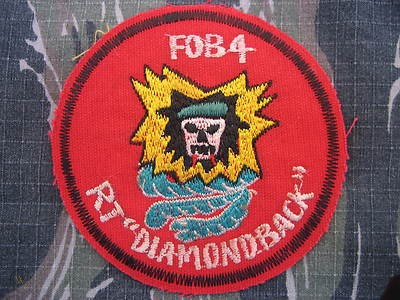
Around 2200 hours, SSG Robert J. “Spider” Parks told us that he and the Covey (SOG Forward Air Controller) pilot were going to fly into the team’s AO at midnight to wish the men a “Happy New Year.” While Spider’s O-2 was over the target area, the mortarmen at FOB 1 lit up the sky with flares of various colors and other rudimentary explosive devices, welcoming in the New Year. When he returned to base, Spider told me he gave the team holiday greetings and a reminder that they were in Laos. The only enemy activity we had at FOB 1 was from a poorly-trained VC mortar crew who lobbed some mortar rounds at us, but they landed in the ARVN compound to the south of FOB 1 instead.
Early in the morning of 1 January 1969, Spider left FOB 1 for a commo check with RT Diamondback, got a team OK and returned to Phu Bai. Later in the morning, however, team radio operator requested a tactical extraction from the AO because there was a lot of enemy activity around the team. The O-2 Air Force pilot and Spider quickly returned to Area of Operations over the MA target. Spider regained radio contact with Hawes, who was speaking clearly, but quietly about enemy activity in the area.
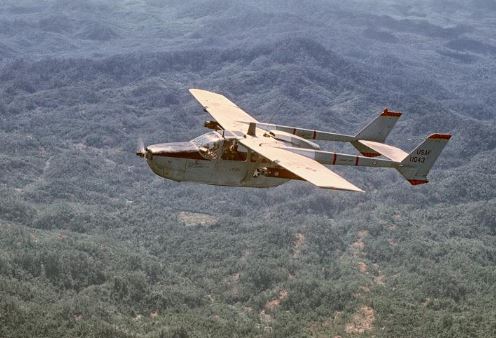
Covey (SOG Forward Air Controller)
As Hawes was speaking to Spider, he heard a sudden burst of AK-47 fire and screams. Then silence. For a long time Spider was unable to raise anyone on the radio. He knew something was terribly wrong. Finally, an indigenous team member spoke on the radio. He said the Americans were dead, but the indigenous members of the team had survived the attack.
“They were hit by (NVA) sappers. It doesn’t look good,” he said. As always, when a team was in trouble, several team members pulled out their PRC-25s, attached a long antennae, and monitored any radio traffic they could pick up. The only news this first day of the New Year was bad. We could hear the Covey rider patiently talking to the Vietnamese team members on the ground. They were obviously shaken.
PRC-25
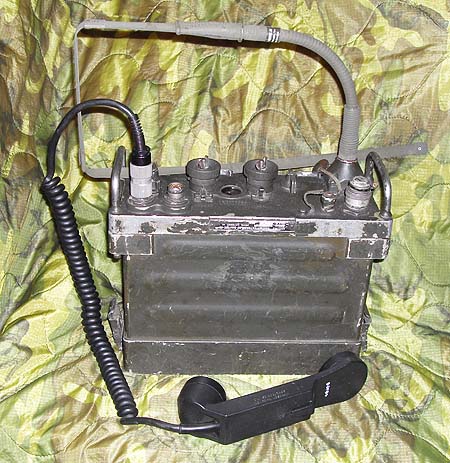
It appeared the Americans had been slow to react to the quick, deadly sapper attack. In a matter of seconds, the sappers killed the three SF troops and chose to leave the South Vietnamese team members alive. The news about the sappers was a triple dose of bad news:
· First, we had three dead Green Berets.
· Second, intel reports team leaders had received earlier in the year about NVA sappers being a new, lethal force were now confirmed. Years later, SOG Recon Team Leader John Plaster detailed how, on March 19, 1967, Ho Chi Minh personally visited the graduation ceremony in Son Tay, 30 miles east of Hanoi in N. Vietnam, of the first sappers brigade — then called the “Special Operations Forces in the Vietnamese People’s War.” The sapper brigade was the old, elite NVA 305th Airborne Brigade that was converted to night infiltrators renowned for raiding U.S. base camps wearing only shorts or loin clothes while carrying satchel charges and an AK-47. Now, the NVA counterrecon units would operate as 100-man companies that split into platoons to sweep and hunt for SOG recon teams. NVA sappers had struck FOB 4 top secret base in Da Nang Aug. 23, 1968 killing 18 Green Berets and dozens of indigenous troops in a well-planned early-morning attack. This was the first time an NVA sapper team killed SOG men while on the ground, across the fence in Laos or Cambodia. The NVA had North Vietnamese Order for Heroes Who Destroy Americans award, which we simply called the “American Killer Award.”
· Third, by killing only the Americans, the NVA pulled off a major psychological coup. By leaving the Vietnamese team members alive, their survival would plant seeds of doubt and dissension between SF troops and our little people. That tactic worked momentarily at Phu Bai. Some of the U.S. personnel in camp who didn’t work daily with the indigenous troops were openly questioning the loyalty of the Vietnamese team members. I went over to my recon team hootch and told the loyal, dedicated South Vietnamese men to be alert for any untoward comments from U.S. personnel in camp. I also asked them to learn as much as they could about the Vietnamese team members on RT Diamondback as quickly as possible.
RT Idaho
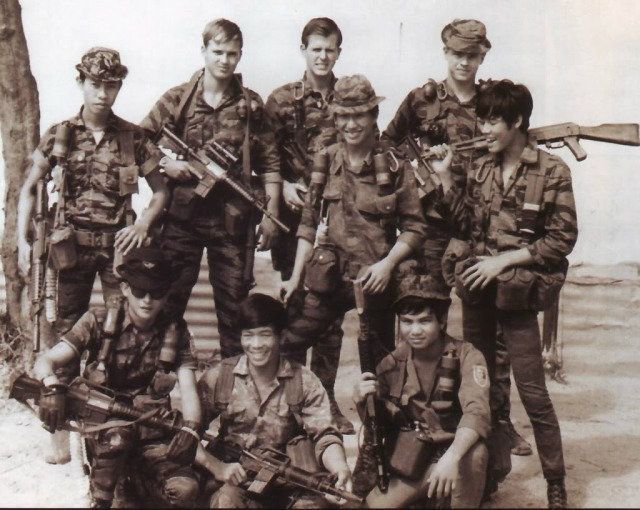
I headed back to the comm center. On routine missions, the radio room took on an eerie silence after a team had been pulled out of a target. The only sounds in the comm center would be radio tones, hums and static while the men waited for the helicopters to return to base. And whenever a team was hit as badly as RT Diamondback had been, the comm center took on an additional somberness. On this, the first day of 1969, it was tomb-like. Three Americans dead, no apparent intelligence other than the fact that we now knew that the NVA sappers were as good as they had been touted in earlier briefings. For Herrell and me, it was hard to swallow because we had lost a good friend with a sharp sense of humor in Hawes. Forever. For several minutes we just sat there, deep in our own thoughts. It had been about 10 minutes since the pilots had called in to report that all RT Diamondback team members had been recovered.
Oddly, none of the aircraft extracting the team received any significant ground fire from the NVA. To me, that was a definite indicator that the NVA wanted to send a psychological message along with the carnage the sappers had wrought on RT Diamondback. On 30 November, we lost seven SF troops and an entire Kingbee crew. Thirty-two days later, we lost three Americans. And since this was a secret war, Walter Cronkite could tell viewers that he no longer believed in the war, but he couldn’t tell the American public about another day in SOG.
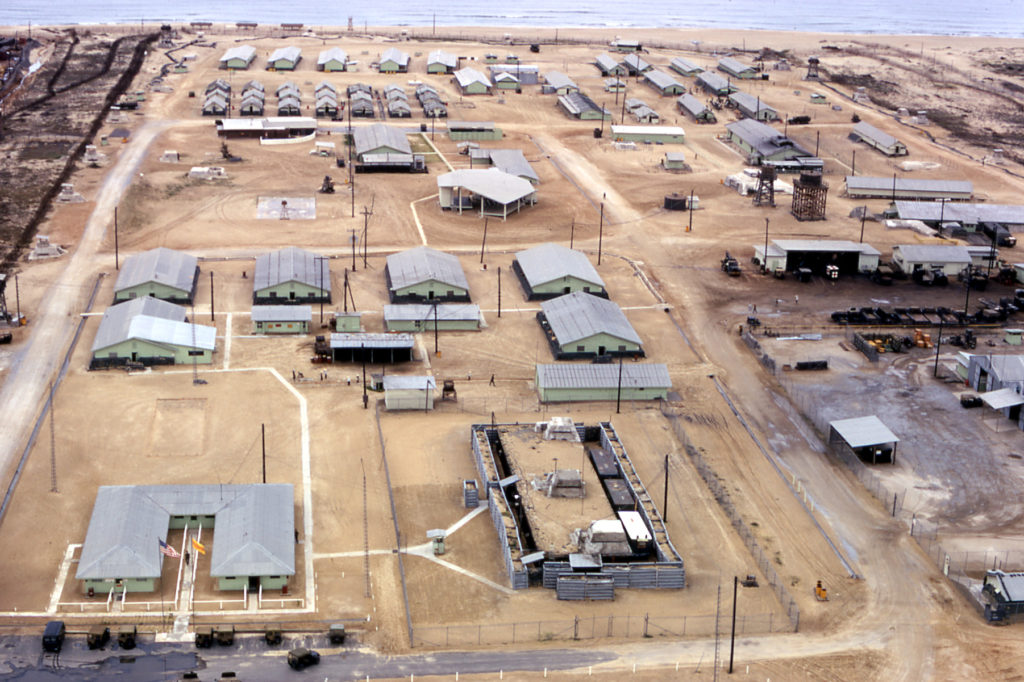
FOB-4 CCN Da Nang
I stood up and started to walk out of the comm center. A war-weary voice broke the long silence in the comm center with a short, clear transmission: “Happy Fucking New Year.”
His words caught me off guard. On 1 January 1969, the NVA had upped the ante, and the thought of going across the fence sent a sobering chill down my spine. I walked over to the club and had my first drink since August. Later, ST Idaho boarded Kingbees to launch into an MA target in another attempt to find the NVA gasoline pipeline. While we headed north to Quang Tri, the 101st Airborne Division choppers carried the six men of RT Diamondback south to FOB 4.
When the choppers landed on the helicopter pad, base commander Col. Jack Warren greeted it. He ordered every man in FOB 4 out to the launch pad. He was held in high regard by SF troops because he genuinely cared about his men. After the three corpses were unloaded from the helicopter, Warren gave a terse, teary-eyed speech to his captive audience. Warren warned everyone that if they were careless in the field, death could be the result. Then he bent down, opened a body bag and picked up a portion of a body of one of the dead Americans. Now he was crying and screaming at his men to never be careless in the field.
RT Idaho
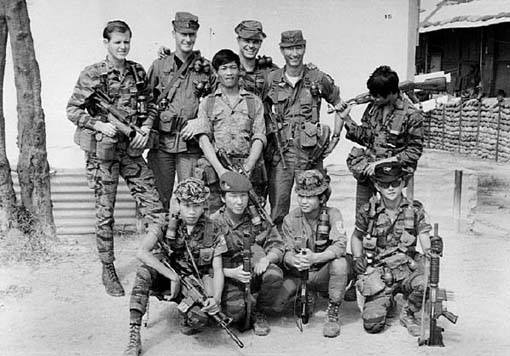
Warren was never the same after that. Nor were the SOG men who ran recon. The NVA had upped the ante. Regardless, the secret war continued until 1972. SOG had the highest casualty rate of the war, exceeding 100 percent, which included KIA’s and SOG Green Berets like Bob Howard who received eight Purple Hearts, along with the Medal of Honor from a deadly action in Laos.

